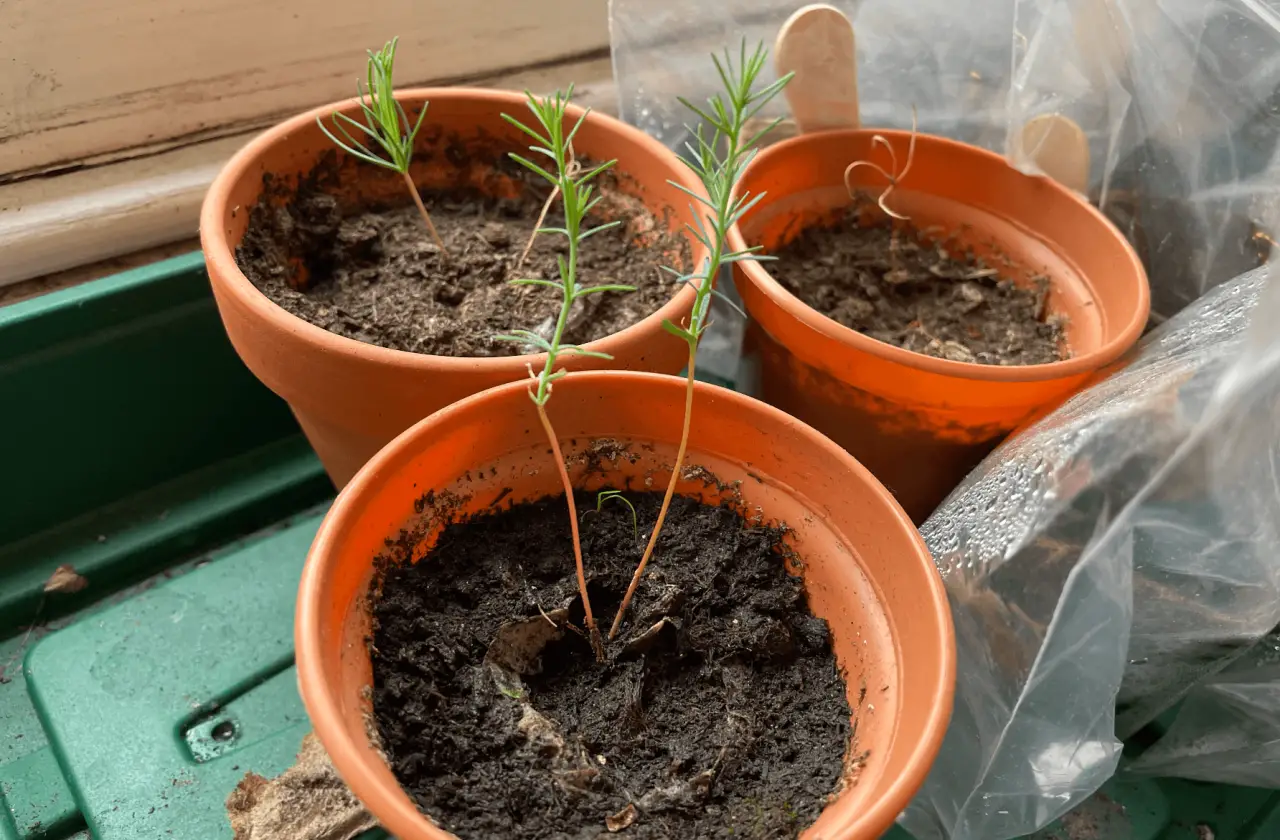How to Grow a Pine Tree from Seed

How to grow a pine tree from seed — if you’re thinking about growing your own Christmas Tree or maybe starting a Japanese-style bonsai collection, that might be the question you’ve asked yourself! As you can imagine, growing a tree from seed requires patience and a bit of know-how. In this blog post, we’ll go over everything you need to know about growing pine trees from seed in the UK, including the best types of pine trees to grow, the ideal conditions for germination, and tips for maintaining and caring for your young pine trees as they grow.
Choosing the right variety
The first step in growing pine trees from seed is to choose the right variety of pine tree for your needs. Some popular options for the UK include Scots Pine, Lodgepole Pine, and Japanese Black Pine. Scots Pine in particular is a great option that could give you a beautiful Christmas Tree or can be worked to form a lovely bonsai. Each variety has its own unique characteristics, so be sure to do your research to find the one that best suits your needs.
For best results, it’s important to use fresh seed that has been collected from the previous year’s cones. If you’re collecting your own seed, be sure to do so in autumn when the cones are fully mature and have begun to open. If you purchase seed, be sure to check the expiration date to ensure it’s fresh.
Germination and Stratification
The next step in your pine growing journey is to prepare the seed for germination. To do this, you’ll need to stratify the seed, something which not all seeds need so this process might be new to you. The aim is to mimic the natural conditions that the seed would experience in the wild and helps to break the seed’s dormancy so that it will germinate. There are a few different methods for stratifying seeds, but one of the most common methods is to place the seed in a plastic bag with a moistened growing medium, such as peat moss or sand. Then, place the bag in a refrigerator for about three months – we did say you needed to be patient!
Planting
Once the seed has been stratified, it’s time to plant it. Pine tree seeds should be planted in a seed tray or pots filled with well-draining seed compost. Be sure to plant the seed at a depth of about twice the diameter of the seed, and water the soil well. Keep the seed tray or pots in a propagator or cover them with a plastic bag, and place them in a bright, warm spot. Keep the soil moist but not waterlogged.
Seedling Care
As the seedlings begin to grow, it’s important to keep them in the right conditions. Pine tree seedlings prefer bright, indirect light and cool temperatures. They should be kept in a spot that gets plenty of sunlight, but not direct sunlight, and they should be kept at temperatures between 10-15 °C.
When the seedlings are about 5-8 cm tall, it’s time to transplant them into individual pots. Use a well-draining potting compost and place the seedlings in a bright, cool spot. Remember that you need to keep the soil nice and moist, but don’t drown those roots!

Pests
As the young trees grow, it’s essential to keep an eye out for pests and diseases. Pine trees are relatively hardy and resistant to many common pests and diseases, but they can still be affected by things like spider mites, pine bark beetles, and fungal infections. Keep an eye out for symptoms like discoloured or wilted needles, and take action as soon as you notice anything unusual – you can follow similar steps to our blog on how to revive a dying conifer if you have any major issues.
Fertiliser
In terms of fertilisation, pine trees don’t require a lot of fertiliser, but they do benefit from an annual dose of slow-release, balanced fertiliser in the spring. Be sure to follow the instructions on the fertiliser package, and avoid over-fertilising, which can damage the tree.
Be Patient
Finally, it’s important to remember that pine trees are relatively slow-growing, so be prepared to be patient as your young trees mature. With proper care and attention, your pine trees should be well on their way to maturity in no time – if you’re growing as a bonsai then this obviously takes less time. If you’re looking to add to your garden, it’s worth noting that pines can grow huge and spread roots far – so avoid planting near your house or you might end up with subsidence!
Summary
In summary, growing pine trees from seed in the UK is a rewarding and relatively easy process that requires a bit of know-how and patience. Be sure to choose the right type of pine tree for your needs, collect or purchase fresh seed, stratify the seed, and plant it in a well-draining seed compost. Keep the seedlings in the right conditions, transplant them into individual pots when they are 5-8 cm tall, and be on the lookout for pests and diseases. Provide an annual dose of slow-release, balanced fertiliser in the spring, and remember that pine trees are relatively slow-growing. With proper care and attention, you’ll soon have mature pine trees that will provide beauty and shade for many years to come.






